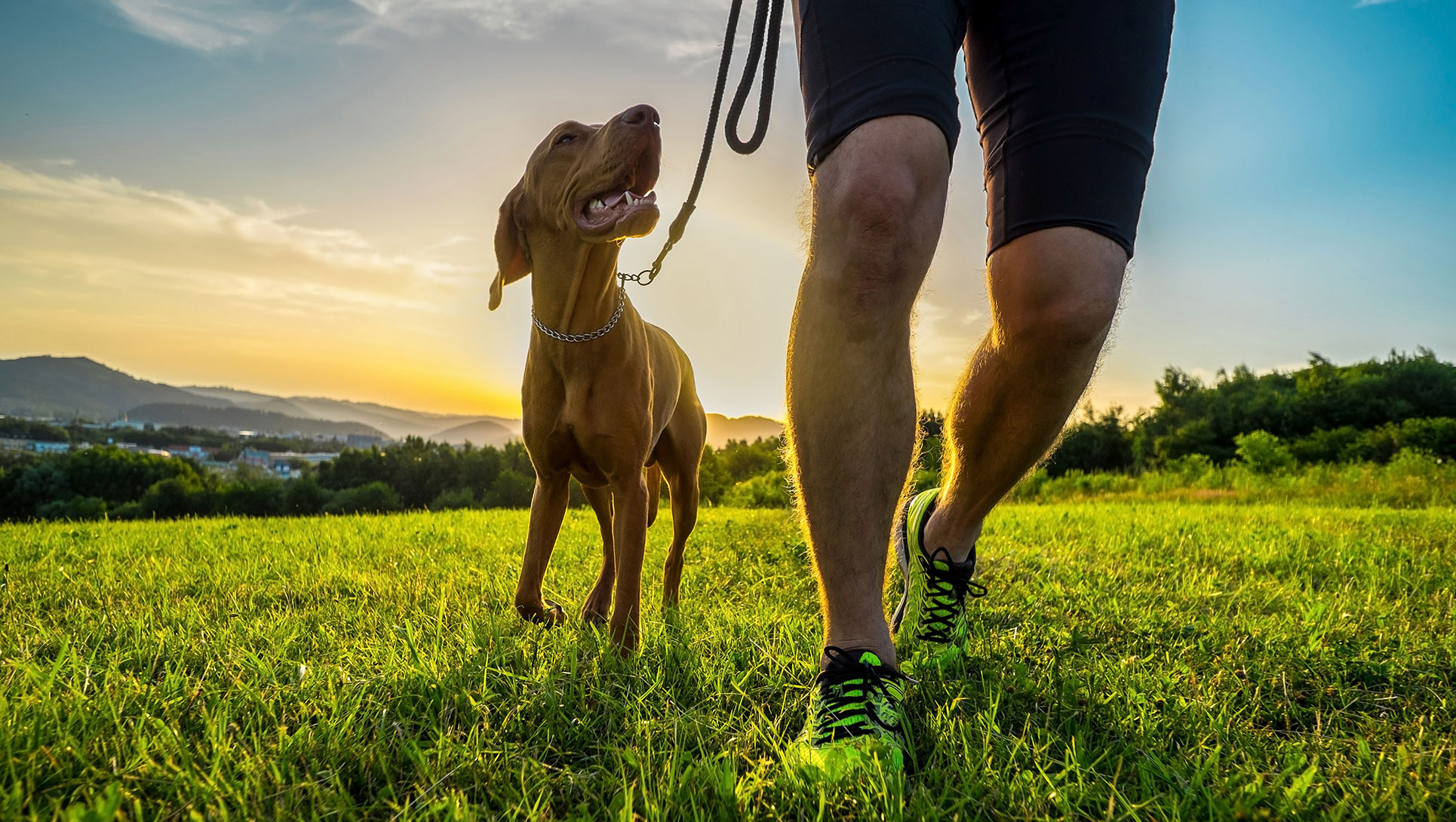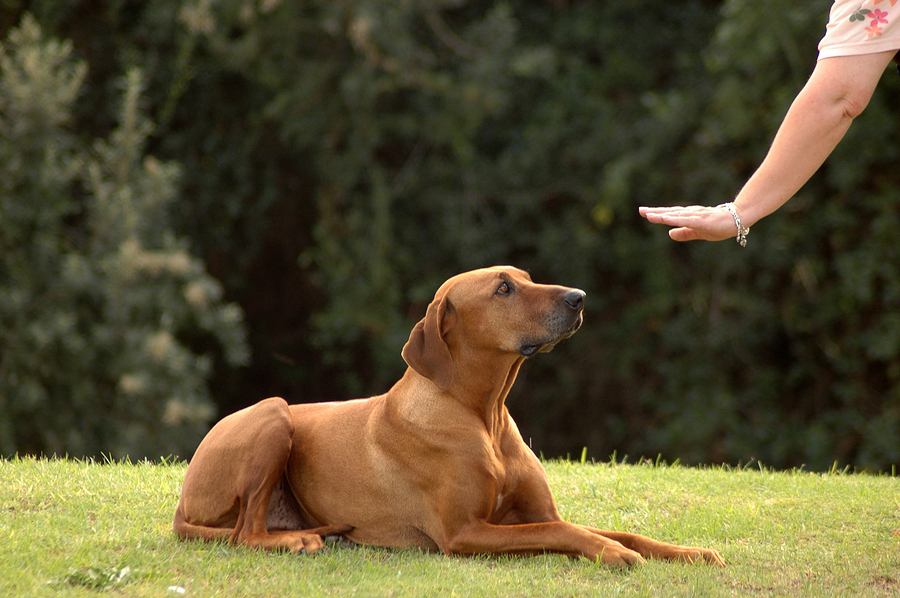Puppy Training That Teaches Key Skills for Lifelong Good Behavior
Puppy Training That Teaches Key Skills for Lifelong Good Behavior
Blog Article
Beginner's Guide to Successful Dog Training at Home
Efficiently educating a canine at home requires a nuanced understanding of canine habits and efficient communication strategies. Establishing clear training goals, utilizing premium benefits, and maintaining uniformity across family members are crucial components. Integrating training into daily regimens can boost both involvement and retention.
Comprehending Dog Habits
Understanding pet habits is essential for reliable training and promoting a harmonious connection in between human beings and their canine companions - Puppy Training. Pet dogs connect largely via body movement, vocalizations, and facial expressions, making it crucial for owners to translate these signals properly. Acknowledging habits such as tail wagging, growling, or cring can provide insights right into a dog's mood and intentions
Furthermore, recognizing the natural impulses of dogs, such as their pack attitude, aids owners develop management roles within the family. This is essential for creating an organized setting where dogs feel safe and secure and are a lot more receptive to training. Canines are additionally affected by their socializing experiences; very early direct exposure to various settings, individuals, and other animals can substantially form their actions later in life.
Common behavioral problems, such as hostility, anxiousness, or excessive barking, often stem from misunderstandings or unmet requirements. Observing and addressing these issues quickly can stop acceleration and ensure a positive training experience. By cultivating a deep understanding of pet behavior, owners can customize their training techniques to suit their canine friends, ultimately leading to a well-behaved and happy family pet.

Essential Training Devices
A well-appointed training area can substantially improve the performance of pet dog training at home. Vital training tools guarantee that both the canine and the fitness instructor can engage in efficient sessions that promote knowing and bonding.

Purchasing a tough leash and a comfortable, well-fitting collar or harness is vital for safety and security and control. These tools assist establish boundaries and make sure the pet stays protected throughout training. Additionally, an assigned training location, complimentary from diversions, aids focus for both the pet dog and the trainer.
Training aids such as training pads, cones, or agility devices can additionally improve the experience by introducing variety and difficulties. Having a note pad or digital application for tracking development can be vital, permitting you to note successes and locations for enhancement. Using these necessary devices will develop a positive training atmosphere and lay the structure for reliable understanding.
Producing an Educating Routine
Establishing a consistent training routine is essential for efficient canine training in the house. A well-structured regular not only helps in strengthening preferred actions however additionally gives your pet dog with a feeling of safety and security and predictability. To create an efficient training routine, begin by identifying specific training objectives, such as fundamental commands, chain walking, or this link housebreaking.
Choose a designated time every day for training sessions, preferably when your canine is sharp and receptive. Sessions ought to be short, roughly 5 to 15 mins, to keep emphasis and protect against fatigue. Uniformity in timing and environment will certainly improve your dog's learning experience.
Integrate training right into everyday activities to enhance skills. For example, method commands throughout walks or mealtime, which incorporates learning into natural routines. Additionally, remain adaptable and readjust the routine as essential, suiting your pet dog's energy degrees and mood.
Favorable Support Strategies

When executing positive reinforcement, it is important to select benefits that are inspiring for your pet. High-value treats, such as small items of hen or cheese, can be specifically efficient throughout training sessions. Additionally, varying the benefits can maintain your pet's rate of interest and excitement.
Begin with basic commands, like "rest" or "remain," and gradually development to more complex tasks. Consistency is crucial; ensure that all member of the family make use of the very same commands and benefit systems to prevent confusion.
Furthermore, it is essential to remain person and avoid frustration. Canines, like people, find out at their very own speed. By promoting a helpful training atmosphere with positive support, you can enhance your pet dog's understanding experience while enhancing the bond in between you and your fuzzy companion, preparing for successful training results.
Common Educating Difficulties
While educating a pet dog at home can be a fulfilling experience, it usually includes a set of typical obstacles that can check both patience and uniformity. One widespread concern is interruption. Pet dogs might come to be easily sidetracked by visit site noises, activities, and even aromas in their setting, making it tough to preserve their emphasis throughout training sessions.
An additional obstacle is variance in commands and support. If relative use various cues or incentives, it can prevent and perplex the pet progress. Developing a unified approach is essential for effective interaction.
Furthermore, dogs can experience frustration or tension, specifically if they do not recognize what is expected of them. This can lead to unwanted actions, such as barking or chewing.
Ultimately, the timing of support is critical. Postponed benefits can lessen the efficiency of favorable reinforcement, as pets might stop working to connect the behavior with the reward.
Getting over these challenges requires dedication, clear communication, and a structured training plan - Puppy Training. Identifying and addressing these usual challenges will certainly lead the means for an extra delightful and successful training experience in your home
Conclusion
Finally, successful pet training in your home demands a comprehensive understanding of canine behavior and efficient interaction strategies. By establishing clear training goals and using top notch deals with together with favorable reinforcement, the training process becomes more satisfying for both the pet and the trainer. Flexibility, perseverance, and uniformity are important components that help with discovering. Inevitably, incorporating training right into daily routines boosts the bond between pet and owner, making the experience both productive and pleasurable.
Establishing a consistent training regimen is essential for efficient pet dog training at home.Positive reinforcement techniques are fundamental to effective pet dog training, advertising desired behaviors via benefits rather than penalty. By cultivating a supportive training atmosphere with positive support, you can enhance your dog's discovering experience while reinforcing the bond between you and your furry buddy, laying the foundation for successful training end results.
In verdict, effective pet training at home demands a comprehensive understanding of canine actions and efficient interaction approaches. By developing clear training objectives and utilizing top quality treats along with positive reinforcement, the training procedure becomes much more rewarding for both the canine and the trainer.
Report this page